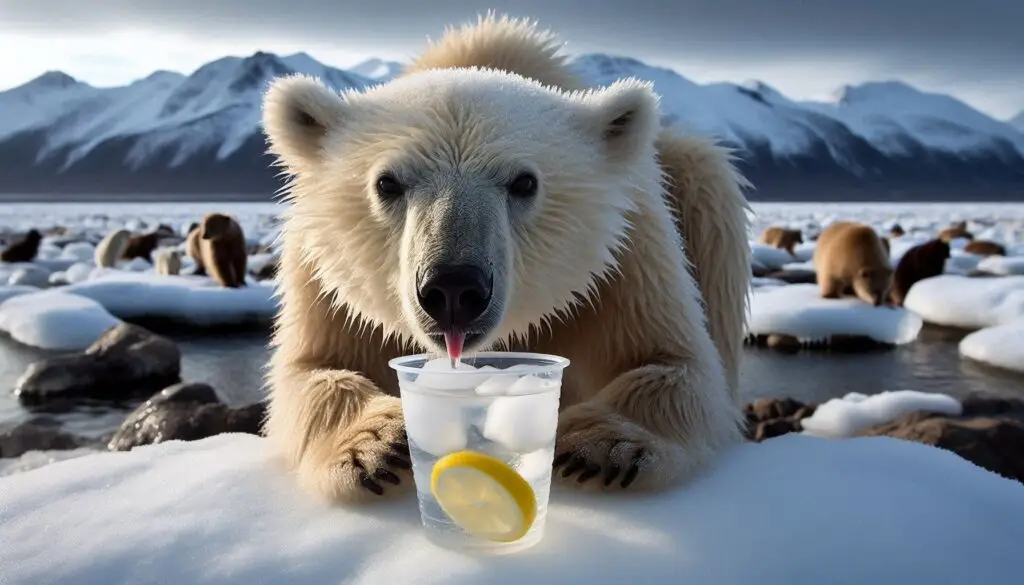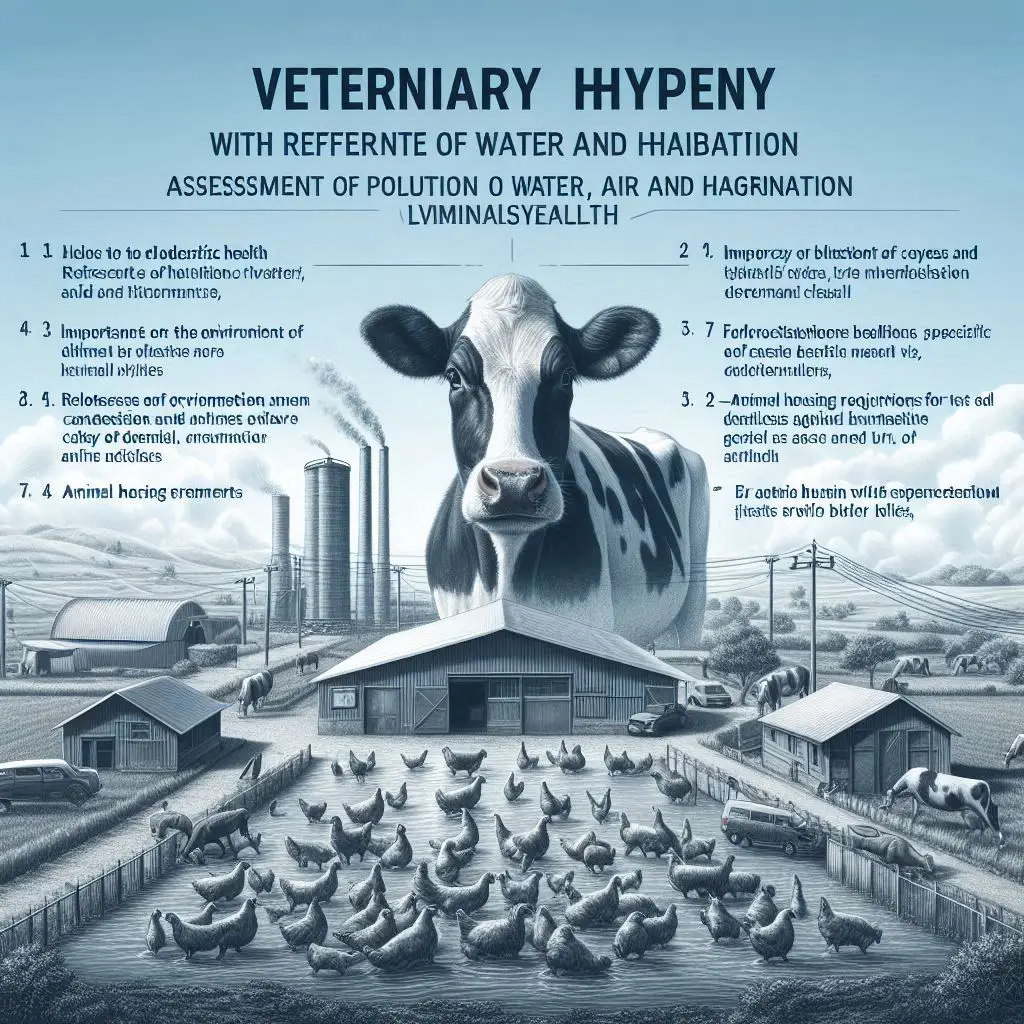Animal Adaptation to Heat Stress

Introduction
As global temperatures rise due to climate change, heat stress has become a significant concern for animal welfare and livestock productivity. Animals, particularly livestock, face challenges that can affect their health, reproduction, and overall productivity. Understanding how animals adapt to these conditions is essential for sustainable agriculture and animal management.
Understanding Heat Stress
Heat stress occurs when an animal’s body cannot dissipate heat effectively, leading to elevated body temperatures. This condition can arise from various factors, including high ambient temperatures, humidity, and solar radiation. The physiological effects of heat stress can be severe and include reduced feed intake, impaired reproductive performance, and increased mortality rates.
Physiological Responses to Heat Stress
Animals exhibit several physiological adaptations to cope with heat stress. These adaptations are crucial for maintaining homeostasis in challenging environments.
Thermoregulation Mechanisms
- Evaporative Cooling:
- Animals primarily use evaporative cooling through sweating or panting to regulate body temperature. For example, horses sweat profusely to cool down. This mechanism is vital for preventing overheating during hot weather.
- Link: Physiological Adaptability of Livestock to Heat Stress
- Increased Respiration Rate:
- A higher respiration rate helps increase evaporative cooling through the respiratory tract. This response is often seen in cattle during hot weather.
- Circulatory Adjustments:
- Blood flow is redirected toward the skin surface to facilitate heat loss. This adjustment is vital for maintaining a stable internal temperature.
Acclimation and Acclimatization
Animals undergo acclimation and acclimatization processes that enhance their ability to handle heat stress:
- Acclimation refers to short-term physiological changes that occur in response to immediate heat exposure.
- Acclimatization involves longer-term adaptations that may take place over seasons or generations.
These processes help improve an animal’s resilience against heat stress.
Behavioral Adaptations
Behavior plays a critical role in how animals manage heat stress.
- Shade Seeking:
- Animals instinctively seek shade during hot days. Research shows that dairy cattle increase their use of shade as temperatures rise.
- Link: Adaptation of Animals to Heat Stress
- Reduced Feed Intake:
- In hot conditions, many animals decrease their food intake as a strategy to lower metabolic heat production.
- Altered Activity Patterns:
- Animals may adjust their grazing times to cooler parts of the day, such as early morning or late evening.
Morphological Adaptations
Morphological traits can also enhance an animal’s ability to cope with heat stress.
- Coat Color and Insulation:
- Light-colored coats reflect sunlight better than dark coats, which helps reduce thermal load in hot climates.
- For instance, breeds adapted to tropical regions often have lighter coats.
- Body Size and Shape:
- Larger body sizes may help with heat dissipation due to a lower surface area-to-volume ratio. Certain breeds are naturally more adept at managing heat due to their physical characteristics.
Impact of Climate Change on Animal Adaptation
Climate change exacerbates the challenges posed by heat stress on livestock production systems. Increased frequency of extreme weather events can lead to:
- Higher mortality rates in vulnerable species.
- Reduced reproductive success due to elevated temperatures.
- Decreased milk production and growth rates in livestock.
Future Projections
Research indicates that by the end of this century, extreme heat stress risks will increase for all major livestock species across many regions globally. This trend poses significant challenges for farmers, especially in lower-income countries where resources for adaptation are limited.
Strategies for Mitigating Heat Stress
To combat the adverse effects of heat stress on livestock, several strategies can be implemented:
- Nutritional Management:
- Providing high-quality feed that meets the nutritional needs of animals during hot weather can help maintain productivity.
- Environmental Modifications:
- Creating shaded areas or providing cooling systems can significantly reduce heat exposure for livestock.
- Genetic Selection:
- Breeding programs focused on selecting for heat-tolerant traits can enhance resilience in future generations of livestock.
- Genetic markers related to thermal tolerance are crucial for identifying suitable breeding candidates.
- Link: Heat Stress: Physiology of Acclimation and Adaptation
Conclusion
Understanding how animals adapt to heat stress is vital for ensuring their welfare and maintaining productivity in livestock systems facing climate change challenges. Through physiological, behavioral, and morphological adaptations, animals exhibit remarkable resilience against rising temperatures. However, as climate change progresses, proactive measures must be taken to support these adaptations and safeguard animal health and agricultural sustainability.
More from Veterinary Physiology:
https://wiseias.com/reproductive-regulation-in-animals-title/
https://wiseias.com/prenatal-growth-in-animals/
https://wiseias.com/postnatal-growth-farm-animals/




Responses